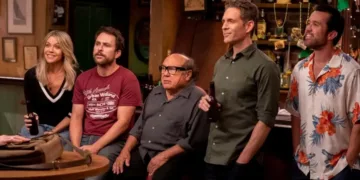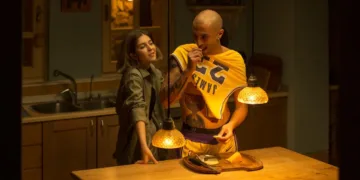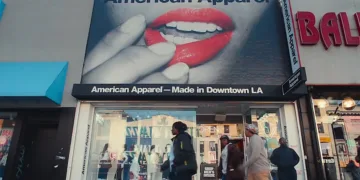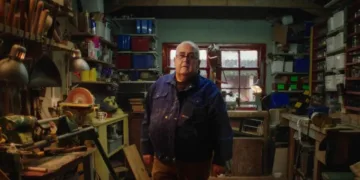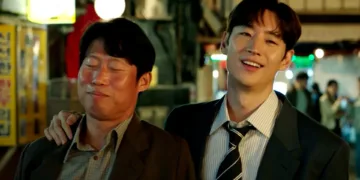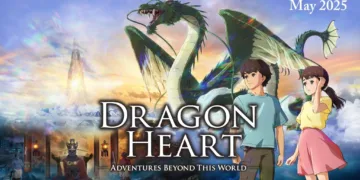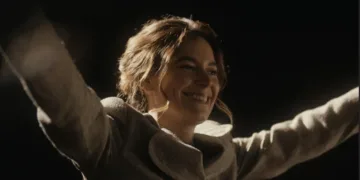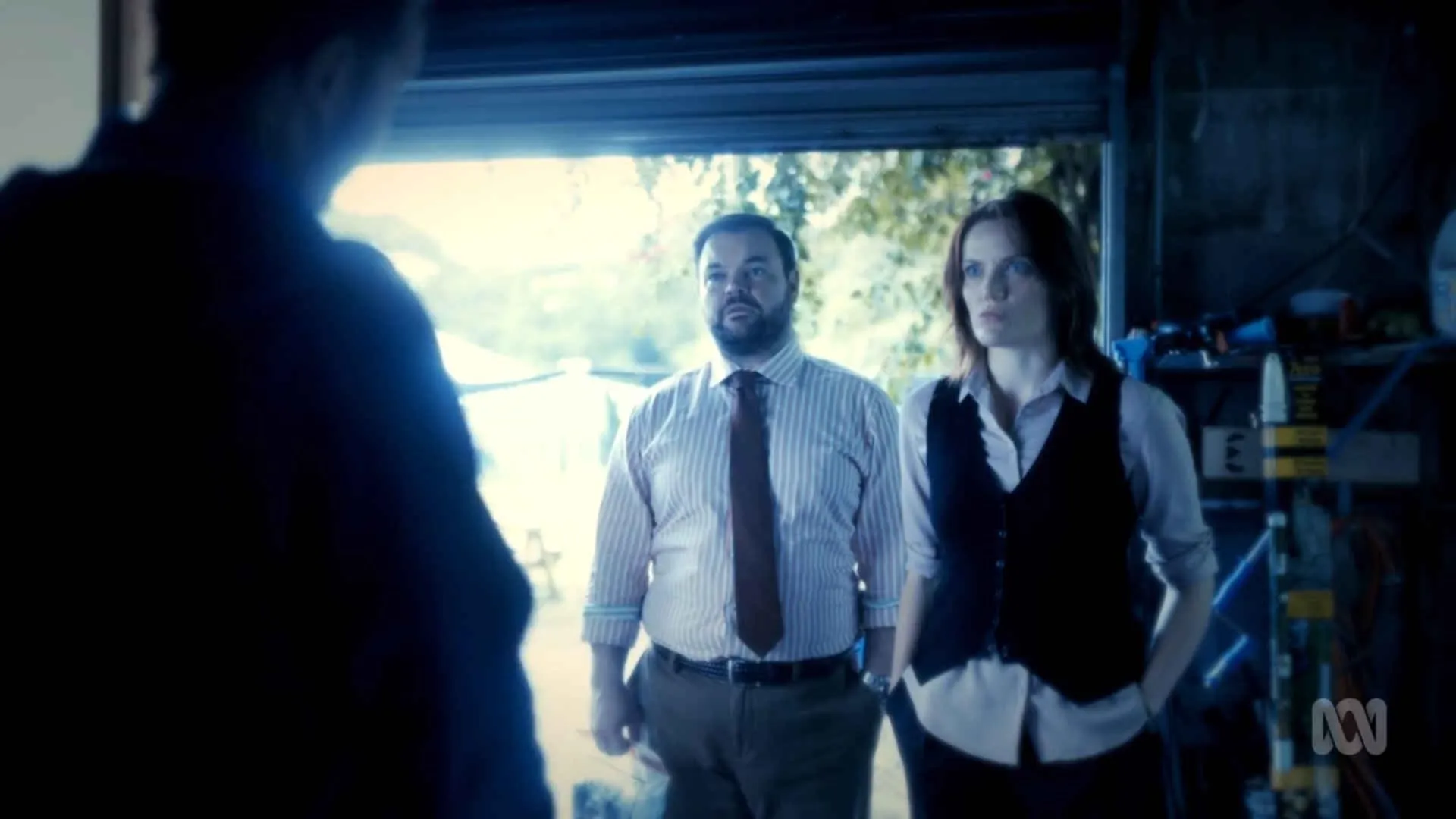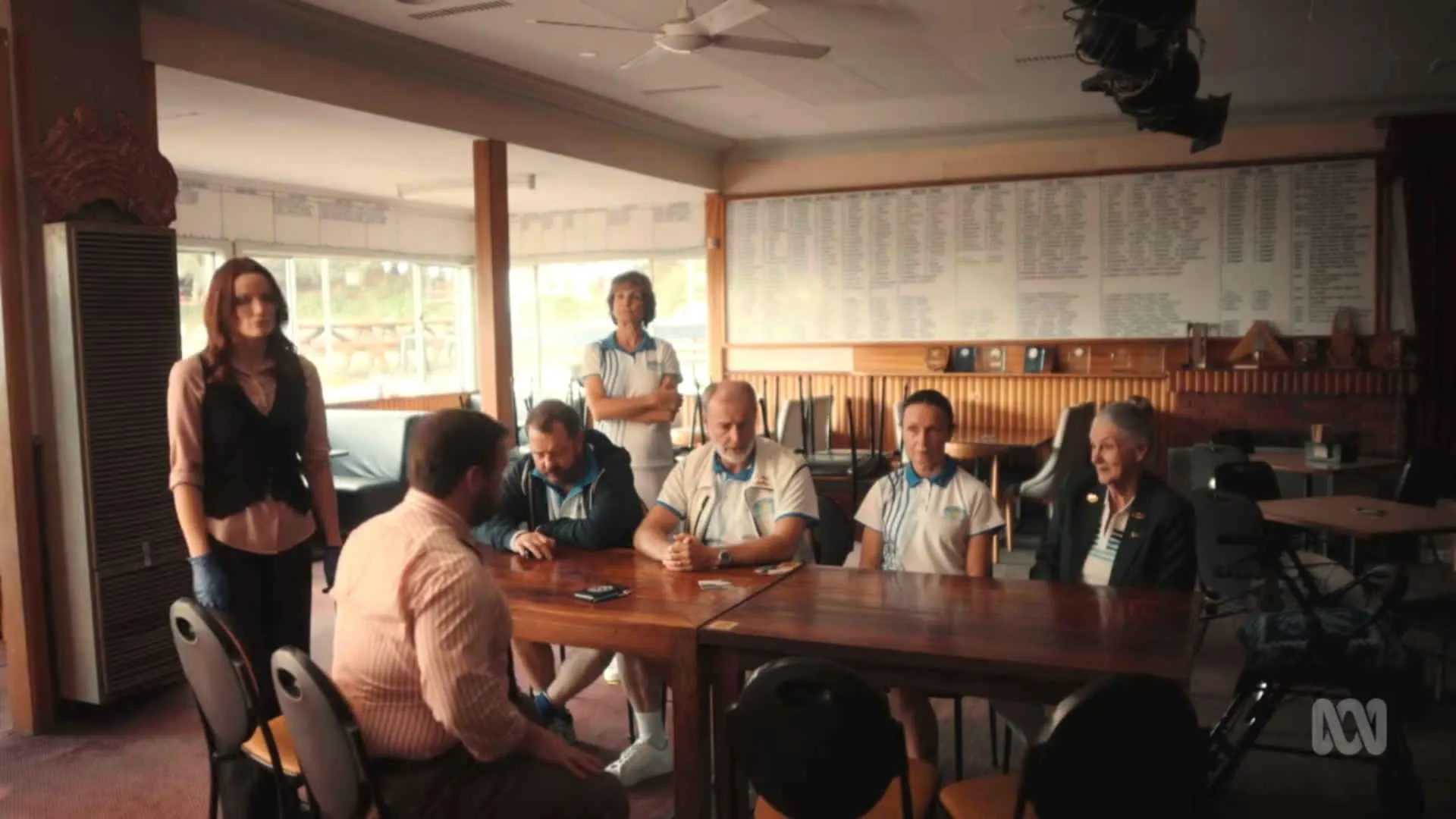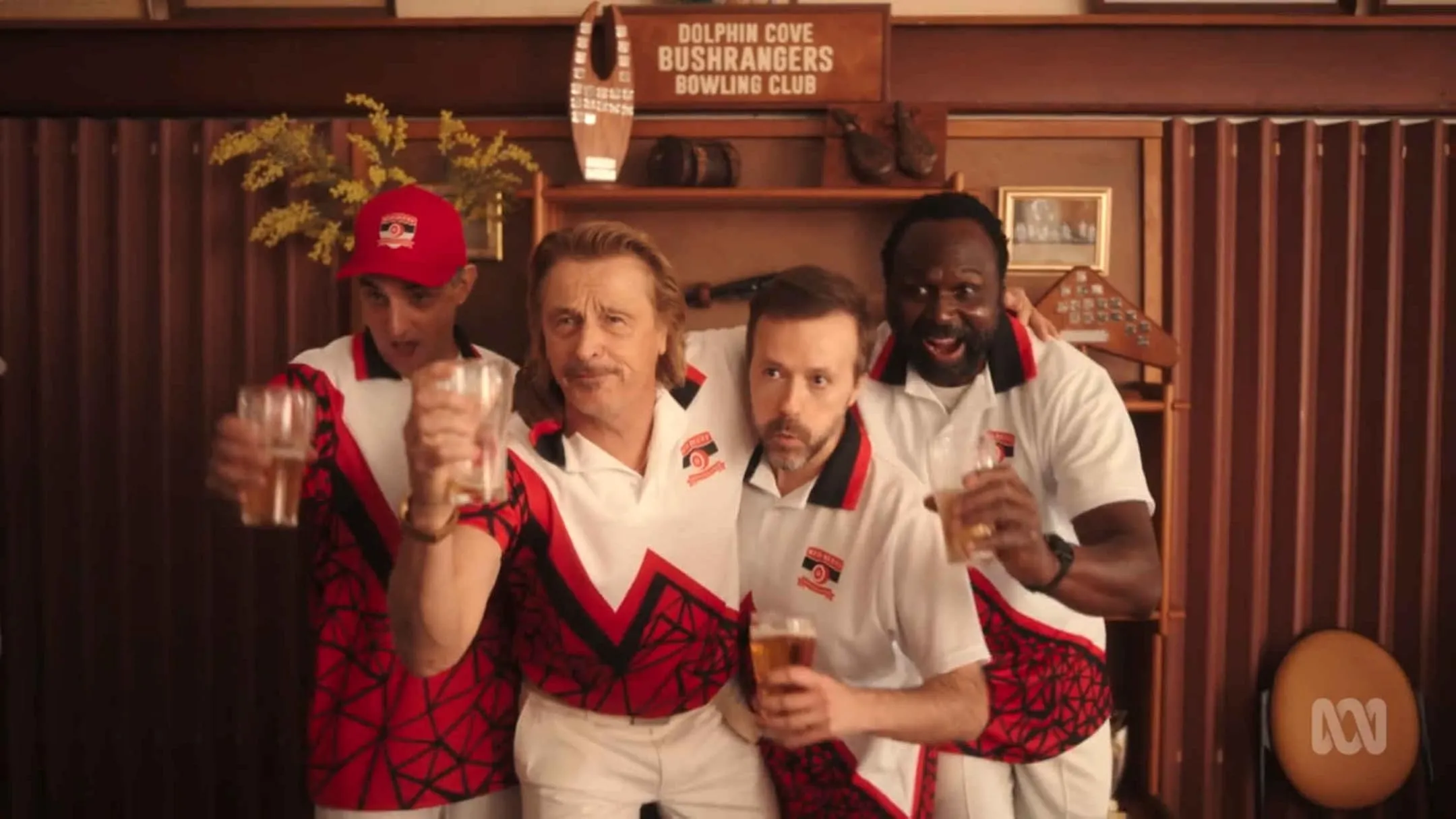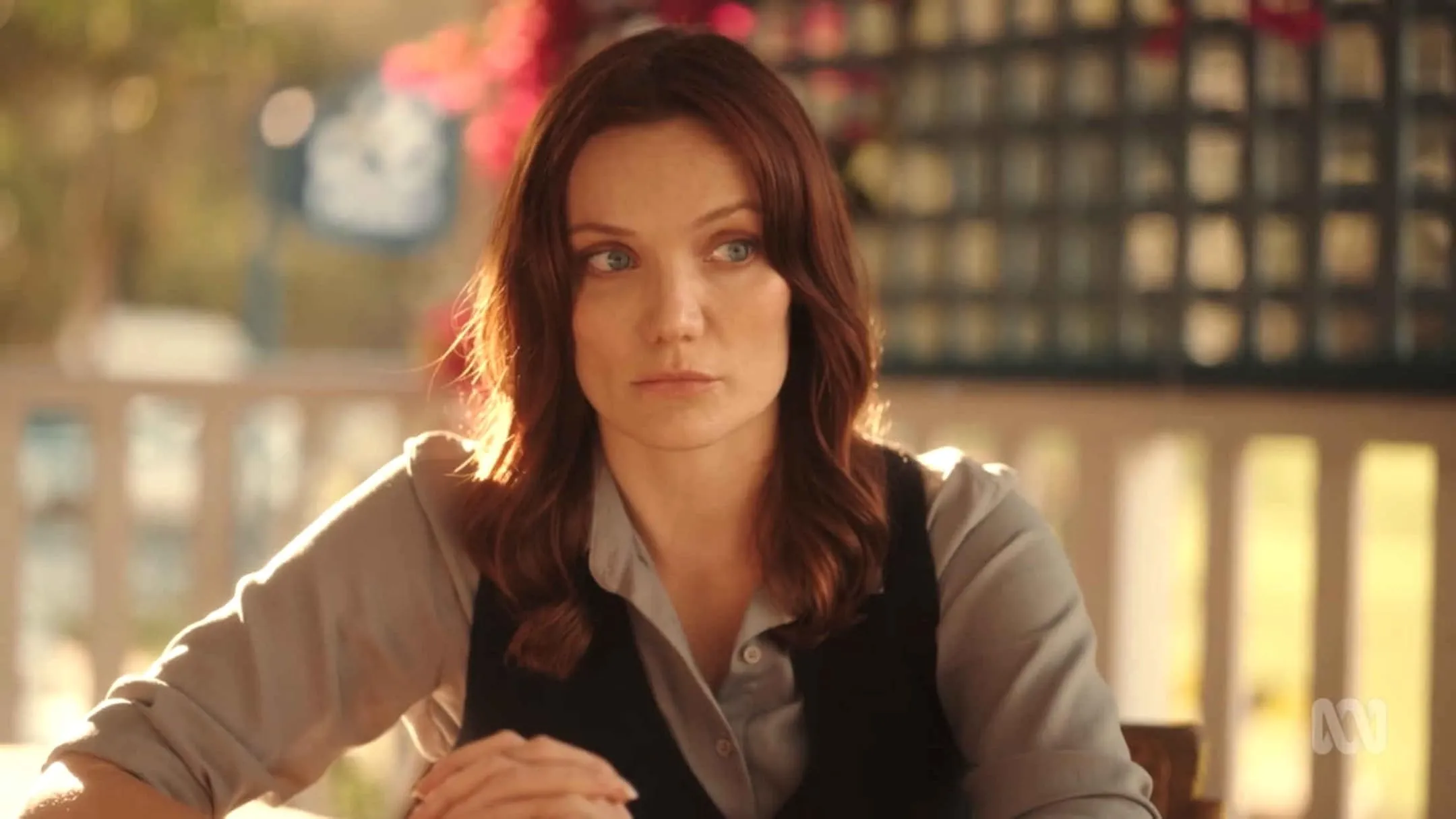Return to Paradise Season 1 greets viewers with a collision of sun‑soaked vistas and cold‑blooded crime. DI Mackenzie Clarke is ushered back to Dolphin Cove after years at London’s Met, confronting both the case files piling up on her desk and the personal fallout of jilting her former fiancé. Though it wears the Death in Paradise name, it forges its own path by planting Clarke amid familiar faces and fresh tensions rather than exotic accents.
In this six‑episode arc, each murder pivots on how a tight‑knit community shields secrets beneath postcard‑perfect sunsets. Clarke’s investigative brilliance—often punctuated by flashes of intuition—challenges local customs and tests alliances at the police station. Beneath the procedural format, the series probes questions of trust, belonging and accountability: who gets second chances when everyone remembers old wounds?
By pairing brisk whodunits with character drama, Return to Paradise signals a trend in streaming crime shows that trade fish‑out‑of‑water tropes for roots‑revival narratives. It’s an invitation to examine how place shapes identity, even as bodies wash ashore under the same relentless sun.
Coastal Shadows and Sunlit Secrets
Dolphin Cove unfolds like a sun‑drenched postcard, its golden sands and turquoise waves hinting at a carefree retreat. The series stitches together a handful of key locations—a beachfront café where locals swap gossip, a compact police station buzzing with chatter, and carnival grounds that pulse with laughter and the scent of fried dough. Each frame bathes in natural light, coaxing viewers into a holiday mindset even as the plot thickens.
At the heart of this idyll stands DI Mackenzie Clarke, transplanted from London’s Met back to her hometown. Her return feels less triumphant homecoming and more uneasy reckoning. Clarke’s presence disrupts the town’s equilibrium, revealing how undercurrents of resentment and loyalty run deep in familiar places. Against this backdrop, each episode follows a “murder‑of‑the‑week” formula: a fresh corpse surfaces, clues accumulate, then Clarke’s flashes of genius crack the case.
The tonal shift between warm camaraderie and grim homicide sustains a gentle tension. Light‑hearted banter—most notably the shirtless pathologist whose casual attire sparks knowing winks—offers moments of comic relief. Quirky residents, from the carnival barker to the café owner with a flair for dramatics, ground the story in communal warmth. In blending cheer and crime, Return to Paradise taps into a growing appetite for series that balance escapism with conscience.
Faces of Conflict and Community
DI Mackenzie Clarke returns to Dolphin Cove burdened by professional disgrace and personal regrets. The series places her as a woman in authority confronting a tight‑knit community. Anna Samson’s performance threads emotional restraint with moments of startling clarity.
Her precise stare suggests a detective shaped by metropolitan rigor. That precision subtly critiques traditional crime dramas where leads rely on charm rather than method. Clarke’s reserved affect highlights broader questions about accountability in policing and community reintegration. Casting a female lead with complex flaws signals an industry shift toward more layered portrayals of law enforcement on streaming services.
Senior Sergeant Philomena Strong embodies roles of commander and mother, her leadership style shaped by protective instincts. Catherine McClements brings warmth to every directive, revealing how personal loyalty shapes professional decisions. Strong’s devotion to her son echoes debates around nepotism and objectivity in small‑town forces.
Glenn, the shirtless forensic pathologist, injects humor and irony into routine investigations. Tai Hara’s casually unbuttoned shirts function as playful commentary on television’s appetite for eye candy. Beneath that wink lies a competent expert whose awkward exchanges with Clarke expose evolving gender dynamics within hierarchical structures.
Detective Senior Constable Colin Cartwright offers a grounded counterpoint to Clarke’s intensity. Lloyd Griffith’s earnest enthusiasm situates him as a bridge between outsider skepticism and local solidarity. His easy rapport with residents underscores how working‑class perspectives can humanize crime procedurals. The supporting ensemble, led by civilian volunteer Rocco, further expands on community bonds and gossip networks that steer investigations.
Yet the near‑absence of Indigenous voices in a series set on sacred coastal land highlights a missed opportunity. Future streaming dramas might draw on local histories more deliberately, reflecting a growing demand for authentic cultural inclusion. This gap underscores systemic blind spots in industry portrayals of place.
Plot Mechanics and Rhythmic Progression
From its very first hour, Return to Paradise stakes its claim as both puzzle and character study. The pilot hinges on a baffling crime: a real‑estate agent locked inside a property yet found dead on the beach two kilometres away. CCTV footage raises more questions than answers, while a nearby surf carnival provides unexpected context for clues—a splash of local color that underscores streaming dramas’ leap toward immersive world‑building. When DI Mackenzie Clarke deciphers the anomaly, her flash of insight sets the pattern: crime scenes double as mirrors for community secrets.
Each subsequent episode follows a familiar ritual: a new victim, fresh evidence, and Clarke’s analytical leaps. However, the show sidesteps monotony by weaving personal stakes into standalone mysteries. One week, Clarke tests her social boundaries; the next, forensic pathologist Glenn wrestles with lingering regret. That blend of case and character reflects an emerging trend on streaming platforms—series that reward binge‑viewing yet respect viewers who dip in episodically.
Narrative pacing pivots on the tension between methodical clue delivery and moments of emotional revelation. Red herrings—an idyllic café owner with strange alibis, carnival performers with hidden animosities—keep tension taut. Forensic breakthroughs arrive alongside interpersonal flashpoints, ensuring the line between professional duty and private turmoil remains blurred.
Across six episodes, recurring motifs of homecoming and trust‑building surface through small gestures: a borrowed cup of coffee, a door held open, a whispered apology. Team dynamics evolve as Cartwright’s eagerness yields to Clarke’s authority, while Strong’s protective instincts shape every tactical decision. These rhythms demonstrate how concise, character‑driven storytelling can redefine procedural formulas, suggesting future crime dramas will lean into community‑centric narratives that reflect societal calls for accountability and empathy.
Reinventing a Proven Formula
While Return to Paradise traces its lineage back to Death in Paradise—with bright coastlines masking fatal secrets—it carves out its own space through setting and perspective. Transplanted to Australia, the series swaps Caribbean rhythms for sunburnt horizons, and places a woman at its center. DI Mackenzie Clarke’s return to Dolphin Cove reframes familiar puzzle‑driven plots as a journey home, rather than a landing in alien territory.
Clarke’s story arc taps into redemption narratives that resonate amid broader conversations about accountability. Once a rising star in London, she confronts local bitterness born from her abrupt departure and professional scandal. This tension between metropolitan ambition and small‑town loyalty echoes real‑world debates over brain drain and community cohesion. Streaming services have begun embracing tales that emphasize roots over relocation, and Return to Paradise arrives at a moment when viewers seek dramas grounded in lived‑in places.
Gender plays a quiet yet pivotal role. Clarke operates within a predominantly male constabulary, her analytical prowess challenging stereotypes of impulsive, gun‑toting leads. Anna Samson channels cerebral determination, offering a template for future series to showcase women whose strength lies in intellect and tenacity. Against her, the male officers—competent but occasionally sidelined—highlight shifting dynamics in on‑screen leadership.
Dolphin Cove itself functions as a living character, its residents bound by mutual support and casual gossip. Rocco’s friendly banter contrasts with the suspicion that follows Clarke’s every move. That tension between newcomer and native fuels a rich social tapestry, suggesting that community dramas can thrive alongside crime beats.
Visually, the show layers celebratory festivals and sunlit streets over violent acts. This interplay of light and dark serves as a metaphor for hidden histories that lie beneath familiar façades. In doing so, Return to Paradise points toward a future in which procedurals will dig deeper into the social fabric of their locales, inviting audiences to question who controls the narrative—and who gets to belong.
Visual Texture and Sonic Detail
Cinematography in Return to Paradise capitalizes on the coastline’s natural beauty, framing wide shots of surf‑kissed shorelines that slowly tighten into intimate close‑ups as mysteries unfold. Daylight scenes glow with warm hues, while dusk and nightfall introduce cooler tones—each shift in palette marking transitions from ease to unease.
Sound design pairs gentle ambient tracks with thematic motifs. The main title theme weaves light percussion and airy strings, evoking a holiday vibe that contrasts sharply with moments when waves crash or cicadas drone ominously in the background. During investigations, staccato beats and rising chords signal turning points, lending a pulse to forensic reveals.
Costuming underscores character divides. Clarke’s practical jackets and muted tones reflect her professional detachment and inner conflict, whereas townspeople sport lively prints and sun‑bleached fabrics. Meanwhile, Glenn’s laid‑back surfer wardrobe—board shorts and open linen shirts—works as both eye‑candy wink and shorthand for local ease.
Sets and locations reinforce community ties. The police station’s open‑plan briefing area encourages collaboration, yet glass partitions remind viewers that trust must be earned. Nearby, the café’s welcoming décor—hand‑painted signs, mismatched chairs—serves as a hub for both camaraderie and gossip. Carnival scenes, with vibrant stalls lining the beach, provide a festive backdrop where secrets simmer beneath bright lights. Together, these design elements frame a world that feels lived‑in, even as its undercurrents disrupt the calm.
Charting New Pathways
The procedural puzzles at the center manage to feel fresh, teasing out clues against sunlit beaches and rustling palms. Meanwhile, the interplay among the lead and supporting cast offers moments of levity that ease the gravity of homicide scenes. Clarke’s aloof exterior invites curiosity about her inner life; scenes where she hesitates at a childhood landmark or pauses in the station’s quiet corner hint at emotional layers yet to unfold.
Incorporating flashbacks or personal diaries could enrich her backstory. Likewise, characters such as Rocco and carnival organizers merit arcs beyond comic relief—their hidden motivations could tie more deeply into Dolphin Cove’s social tapestry.
Tension between Clarke and Glenn presents a promising narrative thread, blending procedural work with personal stakes. Future plots might expand investigations into community‑wide events, compelling allies and rivals to navigate shared challenges. That shift could model how procedurals evolve into ensemble dramas that engage with social ties and local history.
Fans drawn to lighthearted crime under an endless sky will appreciate the show’s sunlit puzzles and quirky dialogue. Its structure accommodates both casual viewing and marathon sessions, with self‑contained episodes that layer into subtler arcs. If forthcoming seasons build on these foundations, this series could help redefine streaming’s approach to crime dramas set within vibrant communities.
Full Credits
Directors: Mat King, Tenika Smith
Writers: Peter Mattessi, Elizabeth Coleman, Alexandra Collier, Kodie Bedford
Producer: Diane Haddon
Executive Producers: Peter Mattessi, James Hall, Robert Thorogood, Rachel Okine, Brett Sleigh, Kylie Washington, Warren Clarke, Belinda Campbell, Tim Key
Cast: Anna Samson, Lloyd Griffith, Tai Hara, Catherine McClements, Celia Ireland, Aaron L. McGrath, Andrea Demetriades
Director of Photography (Cinematographer): Damian Wyvill
Editors: Mark Warner, Danielle Boesenberg
Composers: Antony Partos, Jackson Milas
The Review
Return to Paradise Season 1
Return to Paradise brings sun‑lit puzzles and genuine character interplay, delivering a fresh spin on cosy crime. Anna Samson’s nuanced lead anchors engaging mysteries, and the supporting cast adds warmth despite occasional underdevelopment. Bright setting and clever pacing reward binge‑viewing, even as deeper backstories await further exploration.
PROS
- Scenic Australian setting that enhances escapism
- Clever procedural puzzles with well‑placed clues
- Anna Samson’s focused performance brings depth to Clarke
- Light humour from supporting cast eases tension
- Self‑contained episodes with subtle character threads
CONS
- Clarke’s emotional reserve may feel distant at times
- Key supporting figures underexplored beyond comic relief
- Familiar “murder‑of‑the‑week” format limits narrative surprises
- Missed chance to include Indigenous perspectives




















